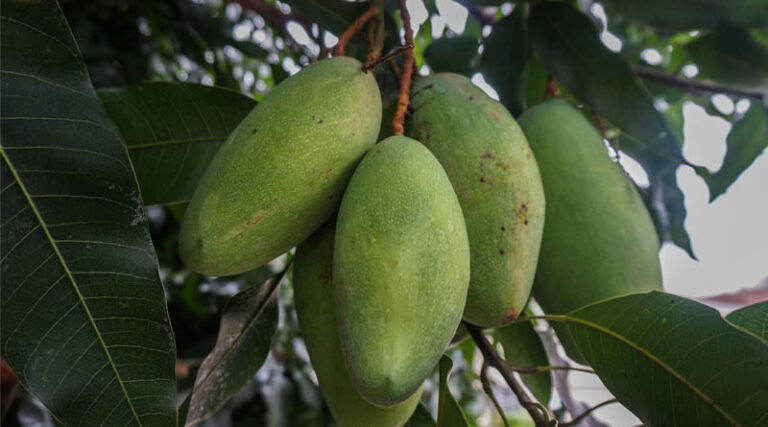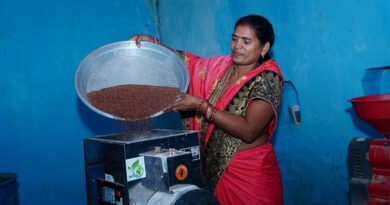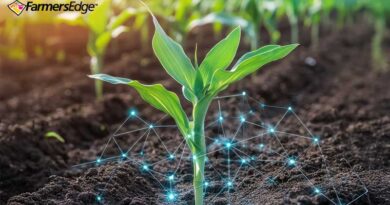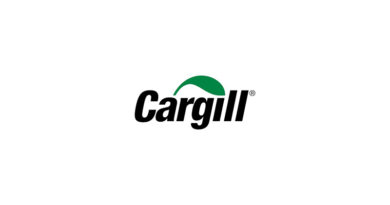
Effective Use of Copper Oxychloride 50% WG for Controlling Anthracnose in Mango Crops
Crop Protection Advisory for Mango Farmers in India
18 May 2025, New Delhi: Mango, often hailed as the “King of Fruits,” is one of the most important fruit crops in India, both economically and culturally. However, mango cultivation is vulnerable to several diseases, among which Anthracnose is one of the most damaging fungal infections. This disease, caused by the fungus Colletotrichum gloeosporioides, affects leaves, flowers, tender shoots, and fruits. If left unmanaged, Anthracnose can result in severe yield losses, fruit drop, and reduced market value due to blemishes and poor quality.
To combat this, Copper Oxychloride 50% WG has emerged as a highly effective fungicide. It is a copper-based contact fungicide, meaning it does not penetrate the plant but forms a protective barrier on the surface, preventing fungal spores from germinating and spreading. The copper ions interfere with fungal enzyme systems, halting disease progression at an early stage.
According to the approved label claims by the CIBRC, Copper Oxychloride 50% WG should be applied at a concentration of 0.3% active ingredient. This translates to 300 grams per 100 liters of water. The fungicide solution should be thoroughly sprayed to ensure complete coverage of mango tree surfaces, including leaves, inflorescences, and fruits.
Timing of Application is crucial. The first spray should be applied just before flowering or at the initial sign of infection, especially during humid or rainy conditions that favor the spread of Anthracnose. Follow-up applications may be required at 15-day intervals, depending on disease severity and weather conditions. Preventive sprays are often more effective than curative ones in managing this disease.
One of the benefits of using Copper Oxychloride 50% WG is its acceptability in organic or semi-organic farming systems, especially where copper-based compounds are permitted under global GAP standards. However, growers must be cautious not to overuse copper-based products, as long-term accumulation in soil can lead to toxicity and harm beneficial soil microorganisms.
While applying this fungicide, farmers must adhere to safety protocols. It is recommended to wear gloves, masks, and protective clothing to avoid skin or respiratory exposure. Importantly, a pre-harvest interval (PHI) of at least 10–12 days must be maintained between the last spray and harvest to ensure there are no harmful residues on the fruit.
Copper Oxychloride 50% WG is widely available and has shown consistent results in managing Anthracnose across different mango-growing regions of India. Its use not only safeguards fruit quality but also extends shelf life, which is critical for both domestic markets and exports. Healthier fruits with fewer blemishes are more likely to fetch better prices and meet international quality standards.
In conclusion, the timely and proper application of Copper Oxychloride 50% WG as per government-approved guidelines plays a vital role in protecting mango crops from Anthracnose. With rising challenges due to climate change and unpredictable weather, such proven plant protection solutions are indispensable in ensuring sustainable mango production.
Also Read: Two Decades of Bt Cotton in India: A Story of Progress and Persistent Challenges
📢 Reach Farmers, Share Your Story, and Grow Your Brand!
Got news to share? A company story to highlight? Looking to launch an impactful advertising campaign? Connect with us at info@krishakjagat.org or nimishgangrade@krishakjagat.org and make your mark!
📢 Connect with 100+ Million Farmers! India’s leading farmers rely on Krishak Jagat’s Hindi website for trusted agriculture news, advisory and insights. Click here to explore!






